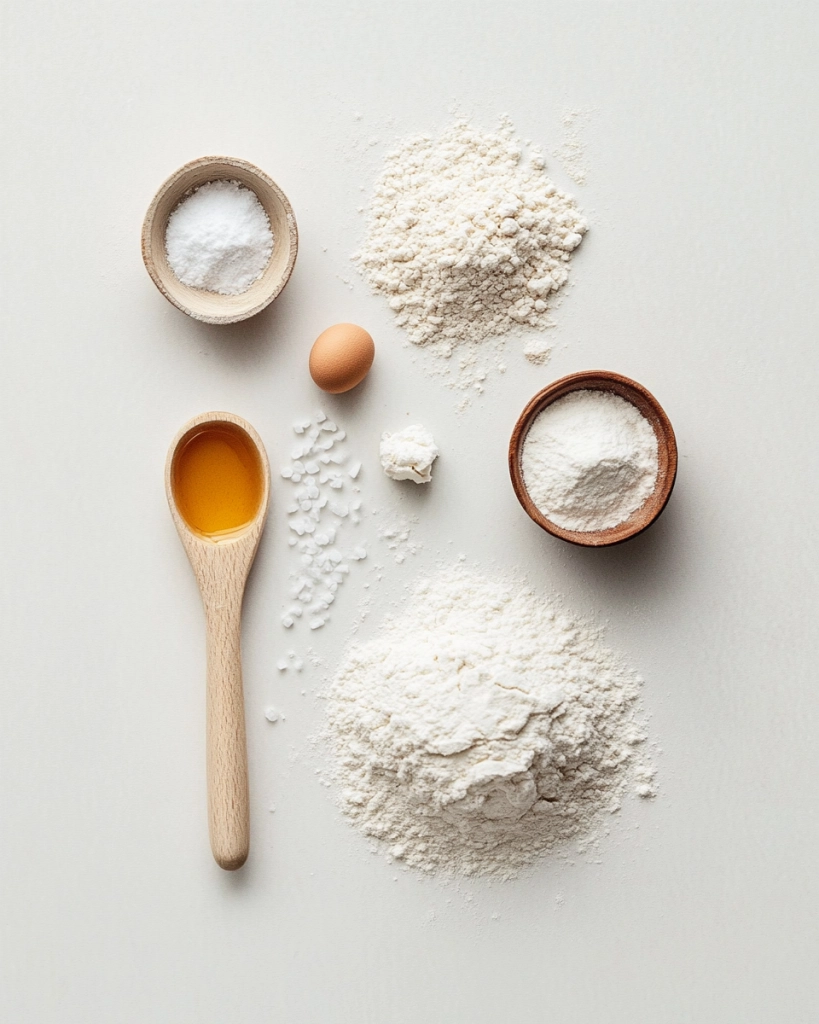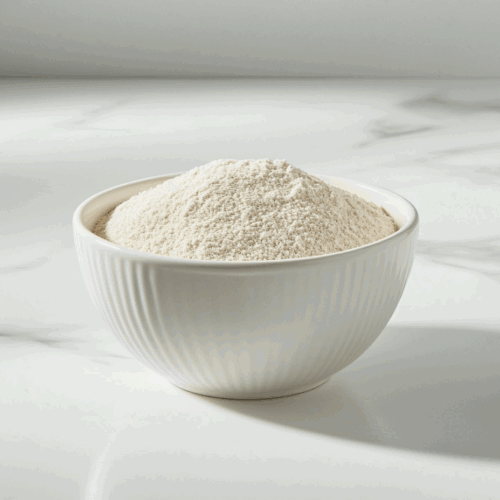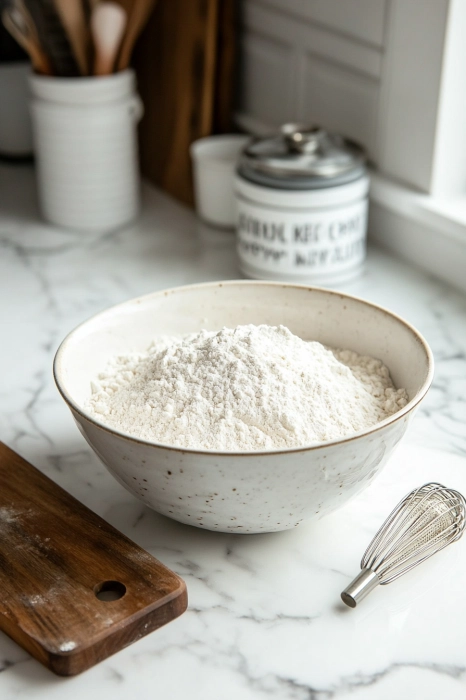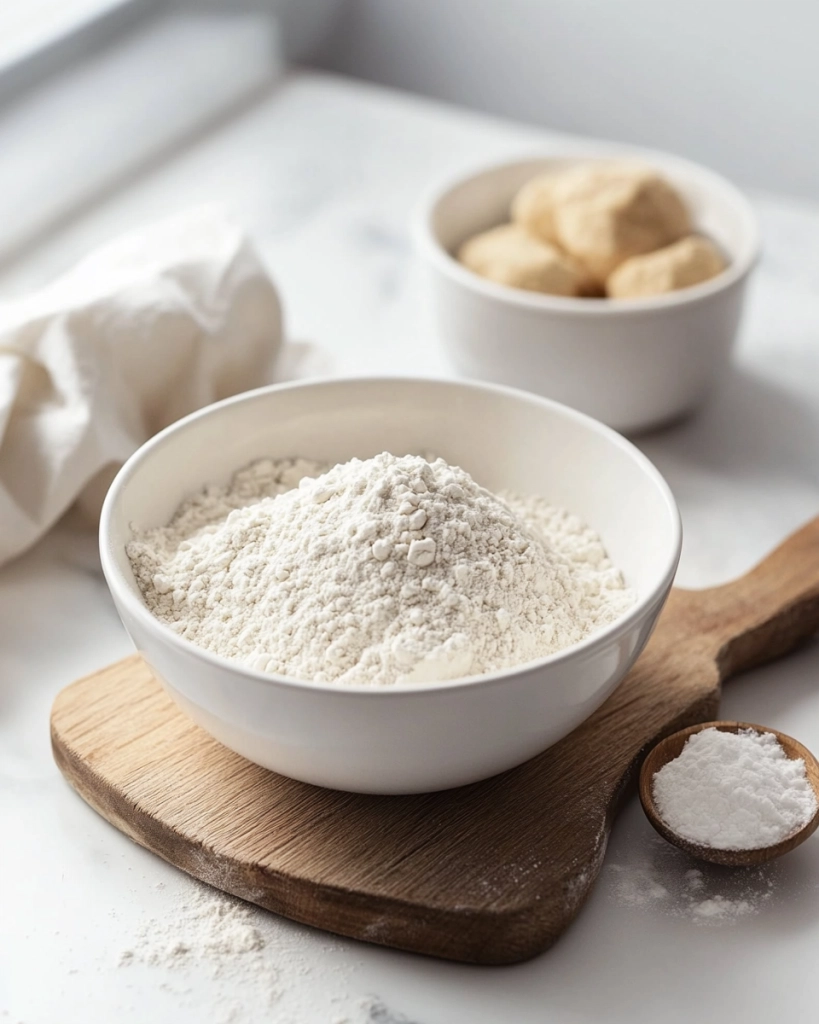Hey there, Archie is back for you! Ever found yourself all set to bake a batch of biscuits or whip up some pancakes, only to realize you’re fresh out of self-rising flour?
Don’t worry I’ve got you covered with a simple solution that’ll have you saying goodbye to those last-minute grocery runs.
Making your own self-rising flour at home is not only easy but also ensures you’ve got the perfect blend for all your baking adventures.
Imagine having the freedom to customize your flour with just a few basic ingredients you probably already have in your pantry.
Get ready to elevate your baking game with this essential kitchen hack—it’s time to flour power!
Everything You Need for the Perfect Mix


How To Make Self Rising Flour
Equipment
- Mixing bowl
- Measuring Cups
- Measuring spoons
- Whisk or Spoon
- Sifter (optional)
- Airtight container for storage
Ingredients
- 1 1/2 tsp Baking powder
- 1 cup All-purpose flour
- 1/2 tsp Salt
Instructions
- Combine flour, baking powder, and salt, stirring or sifting until well mixed.

Notes
- Keep your homemade self-rising flour in a sealed container in a cool, dark location. It will maintain its quality for approximately one year.
Why I Make My Own Self-Rising Flour?

Nutrition Facts:
| Nutrition | Value |
|---|---|
| Calories | 459 kcal |
| Carbohydrates | 97 g |
| Protein | 13 g |
| Iron | 7 mg |
| Calcium | 425 mg |
What Is The Difference Between Regular Flour And Self-Rising Flour?
The distinction between all-purpose and self-rising flours hinges on their baking behavior. Self-rising flour includes a built-in leavening agent, typically baking powder, facilitating rising without additional ingredients.
How Do You Change Plain Flour To Self-Raising Flour?
To convert plain flour to self-raising flour, simply add 2 teaspoons of baking powder for every 150g of plain flour. Ensure even distribution by sifting both ingredients together into a bowl or whisking them thoroughly.
What Can You Use If You Don’t Have A Self-Rising Flour?
For every cup of self-rising flour needed, use one cup of all-purpose flour and add 1 teaspoon of baking powder, ½ teaspoon of salt, and ¼ teaspoon of baking soda. This blend will mimic the leavening and texture properties of self-rising flour in your baking recipes.





